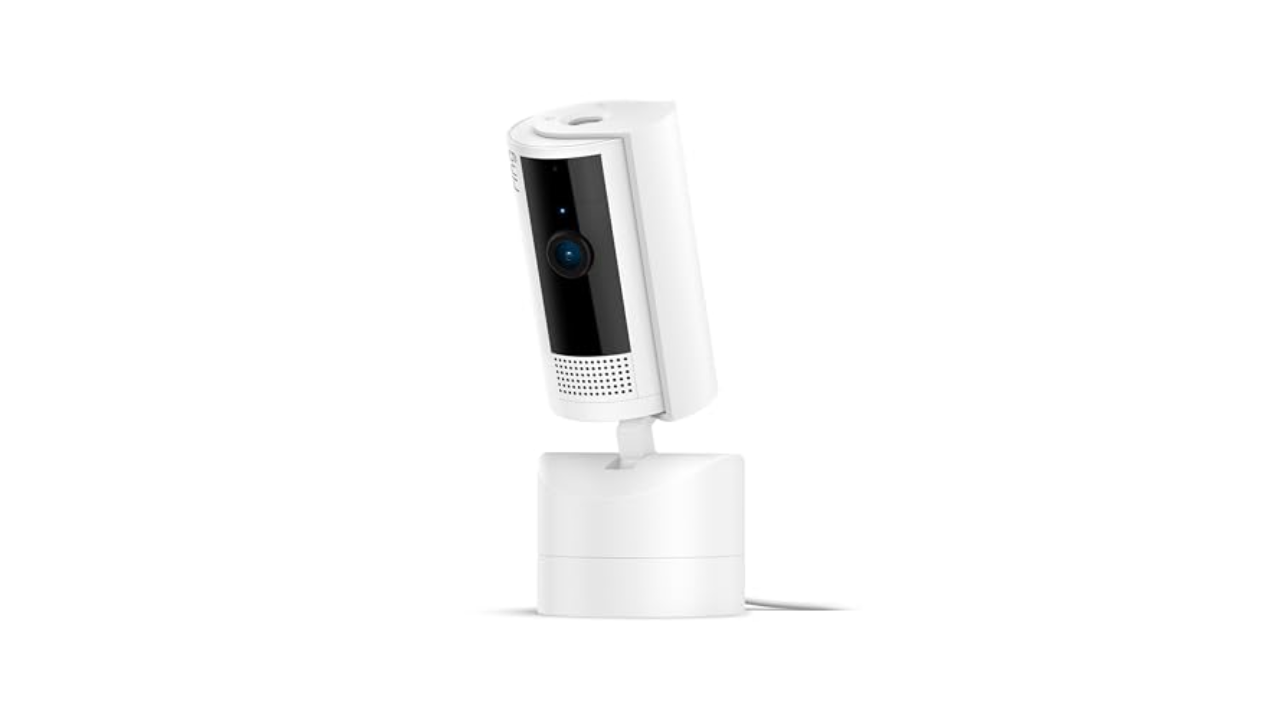I’ve never thought of Samsung as a software company, let alone as a name to pay attention to in the AI race. But with the launch of the Galaxy S24 series today, the company is eager to have us associate it with the year’s hottest tech trend. The new flagship phones look largely the same as last year’s models, but on the inside, change is afoot. At a hands-on session during CES 2024 in Las Vegas last week, I was more focused on checking out the new software on the Galaxy S24 and S24 Plus.
Thanks to a new Snapdragon 8 Gen 3 processor (in the US) customized “for Galaxy,” the S24 series are capable of a handful of new AI-powered tasks that seem very familiar. In fact, if you’ve used Microsoft’s CoPilot, Google’s Bard AI or ChatGPT, a lot of these tools won’t feel new. What is new is the fact that they’re showing up on the S24s, and are mostly processed on-device by Samsung’s recently announced Gauss generative AI model, which it has been quietly building out.
Samsung’s Galaxy AI features on the S24
There are five main areas where generative AI Is making a big difference in the Galaxy S24 lineup — search, translations, note creation, message composition and photo editing and processing. Aside from the notes and composition features, most of these updates seem like versions of existing Google products. In fact, the new Circle to Search feature is a Google service that is debuting on the S24 series, in addition to the Pixel 8 and Pixel 8 Pro.
Circle to Search
With Circle to Search, you basically press the middle of the screen’s bottom edge, the Google logo and a search bar pop up, and you can draw a ring around anything on the display. Well, almost anything. DRMed content or things protected from screenshots, like your banking app, are off limits. Once you’ve made your selection, a panel slides up showing your selection, along with results from Google’s Search Generative Experience (SGE).
You can scroll down to see image matches, followed by shopping, text, website and other types of listings that SGE thought were relevant. I circled the Samsung clock widget, a picture of beef wellington and a lemon, and each time I was given pretty accurate results. I was also impressed by how quickly Google correctly identified a grill that I circled on an Engadget article featuring a Weber Searwood, especially since the picture I drew around was at an off angle.
This is basically image search via Google or Lens, except it saves you from having to open another app (and take screenshots). You’ll be able to circle items in YouTube videos, your friend’s Instagram Stories (or, let’s be honest, ads). Though I was intrigued by the feature and its accuracy, I’m not sure how often I’d use it in the real world. The long-press gesture to launch Circle to Search works whether you use a gesture-based navigation or if you have the three-button layout. The latter might be slightly confusing, since you pretty much hold your finger down on the home button, but not exactly.
Circle to Search is launching on January 31st, and though it’s reserved for the Galaxy S24s and Pixel 8s for now, it’s not clear whether older devices might get the feature.
Chat Assist to tweak the tone of your messages
The rest of Samsung’s AI features are actually powered by the company’s own language models, not Google’s. This part is worth making clear, because when you use the S24 to translate a message from, say, Portuguese to Mandarin, you’ll be using Samsung’s database, not Google’s. I really just want you to direct your anger at the right target when something inevitably goes wrong.
I will say, I was a little worried when I first heard about Samsung’s new Chat Assist feature. It uses generative AI to help reword a message you’ve composed to change up the tone. Say you’re in a hurry, firing off a reply to a friend whom you know can get anxious and misinterpret texts. The S24 can take your sentences, like “On my way back now what do you need” and make it less curt. The options I saw were “casual,” “emojify,” “polite,” “professional” and “social,” which is a hashtag-filled caption presumably for your social media posts.
I typed “Hey there. Where can I get some delicious barbecue? Also, how are you?” Then I tapped the AI icon above the keyboard and selected the “Writing Style” option. After about one or two seconds, the system returned variations of what I wrote.
At the top of the results was my original, followed by the Professional version, which I honestly found hilarious. It said “Hello, I would like to inquire about the availability of delectable barbecue options in the vicinity. Additionally, I hope this message finds you well. Thank you for your attention to this matter.”
It reminded me of an episode of Friends where Joey uses a thesaurus to sound smarter. Samsung’s AI seems to have simply replaced every word with a slightly bigger word, while also adding some formal greetings. I don’t think “inquire about the availability of delectable barbecue options in the vicinity” is anything a human would write.
That said, the casual option was a fairly competent rewording of what I’d written, as was the polite version. I cannot imagine a scenario where I’d pick the “emojify” option, except for the sake of novelty. And while the social option pained me to read, at least the hashtags of #Foodie and #BBQLover seemed appropriate.
Samsung Translate
You can also use Samsung’s AI to translate messages into one of 13 languages in real-time, which is fairly similar to a feature Google launched on the Pixel 6 in 2021. The S24’s interface looks reminiscent of the Pixel’s, too, with both offering two text input fields. Like Google, Samsung also has a field at the top for you to select your target language, though the system is capable of automatically recognizing the language being used. I never got this to work correctly in a foreign language that I understand, and have no real way of confirming how accurate the S24 was in Portuguese.
Samsung’s translation engine is also used for a new feature called Live Translate, which basically acts as an interpreter for you during phone calls made via the native dialer app. I tried this by calling one of a few actors Samsung had on standby, masquerading as managers of foreign-language hotels or restaurants. After I dialed the number and turned on the Live Translate option, Samsung’s AI read out a brief disclaimer explaining to the “manager at a Spanish restaurant” that I was using a computerized system for translation. Then, when I said “Hello,” I heard a disembodied voice say “Hola” a few seconds later.
The lag was pretty bad and it threw off the cadence of my demo, as the person on the other end of the call clearly understood English and would answer in Spanish before my translated request was even sent over. So instead of:
Me: Can I make a reservation please?
S24: … ¿Puedo hacer una reserva por favor?
Restaurant: Si, cuantas personas y a que hora?
S24 (to me): … Yes, for how many people and at what time?
My demo actually went:
Me: Can I make a reservation please?
pause
Restaurant: Si, cuantas personas y a que hora?
S24: ¿Puedo hacer una reserva por favor?
pause
S24 (to me): Yes, for how many people and at what time?
It was slightly confusing. Do I think this is representative of all Live Translate calls in the real world? No, but Samsung will need to work on cutting down lag if it wants to be helpful and not confusing.
Galaxy AI reorganizing your notes
I was most taken by what Samsung’s AI can do in its Notes app, which historically has had some pretty impressive handwriting recognition and indexing. With the AI’s assistance, you can quickly reformat your large blocks of text into easy-to-read headers, paragraphs and bullets. You can also swipe sideways to see different themes, with various colors and font styles.
Notes can also generate summaries for you, though most of the summaries on the demo units didn’t appear very astute or coherent. After it auto-formatted a note titled “An Exploration of the Celestial Bodies in Our Solar System,” the first section was aptly titled “Introduction,” but the first bullet point under that was, confusingly, “The Solar System.” The second bullet point was two sentences, starting with “The Solar System is filled with an array of celestial bodies.”
Samsung also borrowed another feature from the Pixel ecosystem, using its speech-to-text software to transcribe, summarize and translate recordings. The transcription of my short monologue was accurate enough, but the speaker labels weren’t. Summaries of the transcriptions were similar to those in Notes, in that they’re not quite what I’d personally highlight.
That’s already a lot to cover, and I haven’t even gotten to the photo editing updates yet. My colleague Sam Rutherford goes into a lot more detail on those in his hands-on with the Galaxy S24 Ultra, which has the more-sophisticated camera system. In short though, Samsung offers edit suggestions, generative background filling and an instant slow-mo tool that fills in frames when you choose to slow down a video.
Samsung Galaxy S24 and S24 Plus hardware updates
That brings me to the hardware. On the regular Galaxy S24 and S24 Plus, you’ll be getting a 50-megapixel main sensor, 12MP wide camera and 10MP telephoto lens with 3x optical zoom. Up front is a 12MP selfie camera. So, basically, the same setup as last year. The S24 has a 6.2-inch Full HD+ screen, while the S24 Plus sports a 6.7-inch Quad HD+ panel and both offer adaptive refresh rates that can go between 1 and 120Hz. In the US, all three S24 models use a Snapdragon 8 Gen 3 for Galaxy processor, with the base S24 starting out with 8GB of RAM and 128GB of storage. Both the S24 and S24 Plus have slightly larger batteries than their predecessors, with their respective 4,000mAh and 4,900mAh cells coming in at 100mAh and 200mAh bigger than before.
Though the S24s look very similar to last year’s S23s, my first thought on seeing them was how much they looked like iPhones. That’s neither a compliment nor an indictment. And to be clear, I’m only talking about the S24 and S24 Plus, not the Ultra, which still has the distinctive look of a Note.
It feels like Samsung spent so much time upgrading the software and focusing on joining the AI race this year that it completely overlooked the S24’s design. Plus, unlike the latest iPhones, the S24s are also missing support for the newer Qi 2 wireless charging standard, which includes magnetic support, a la Apple’s MagSafe.
Wrap-up
I know it’s just marketing-speak and empty catchphrases, but I’m very much over Samsung’s use of what it thinks is trendy to appeal to people. Don’t forget, this is the company that had an “Awesome Unpacked” event in 2021 filled to the brim with cringeworthy moments and an embarrassingly large number of utterances of the words “squad” and “iconic”.
That doesn’t mean what Samsung’s done with the Galaxy S24 series is completely meaningless. Some of these features could genuinely be useful, like summarizing transcriptions or translating messages in foreign languages. But after watching the company follow trend after trend (like introducing Bixby after the rise of digital assistants, or bringing scene optimizers to its camera app after Chinese phone makers did), launching generative AI features feels hauntingly familiar. My annoyance at Samsung’s penchant for #trendy #hashtags aside, the bigger issue here is that if the company is simply jumping on a fad instead of actually thoughtfully developing meaningful features, then consumers run the risk of losing support for tools in the future. Just look at what happened to Bixby.
This article originally appeared on Engadget at https://www.engadget.com/galaxy-s24-and-s24-plus-hands-on-samsungs-ai-phones-are-here-but-with-mixed-results-180008236.html?src=rss
Credit: Source link








